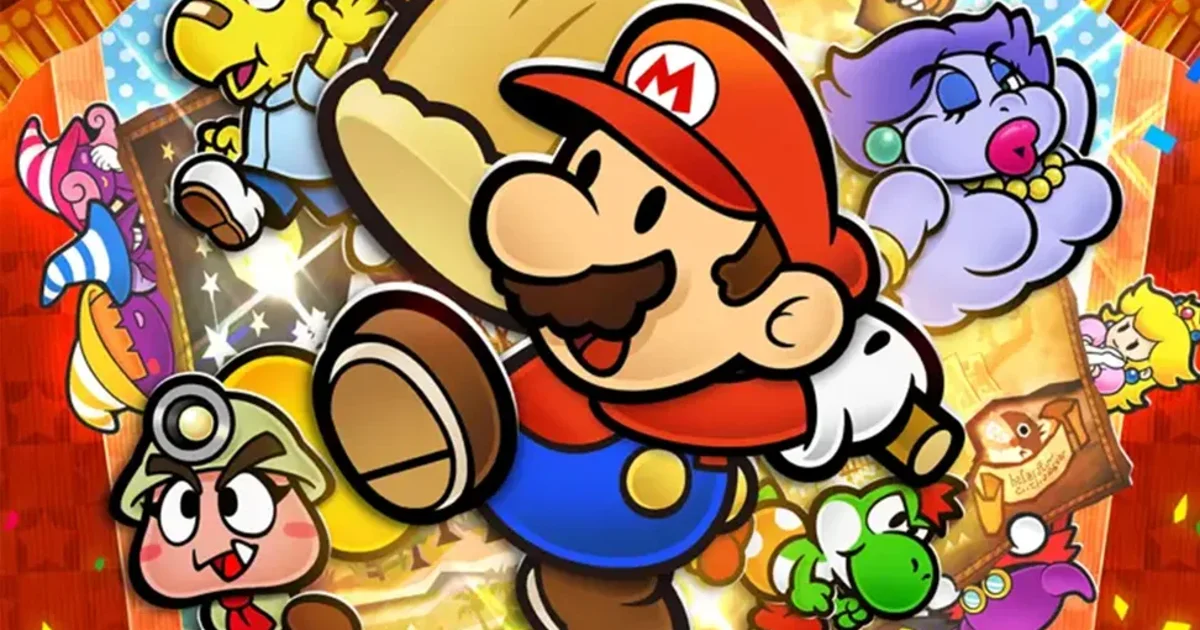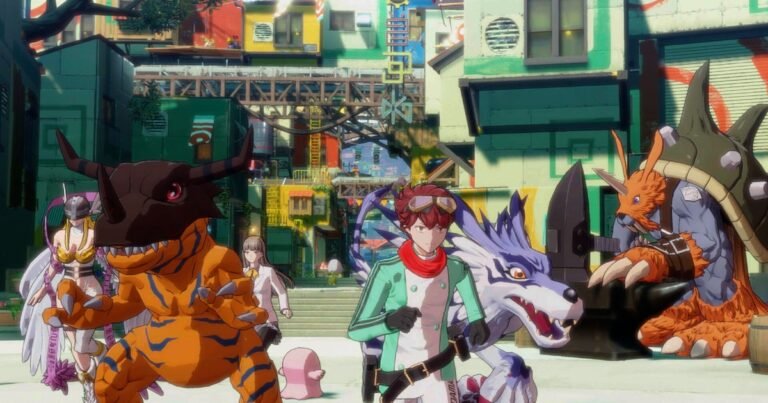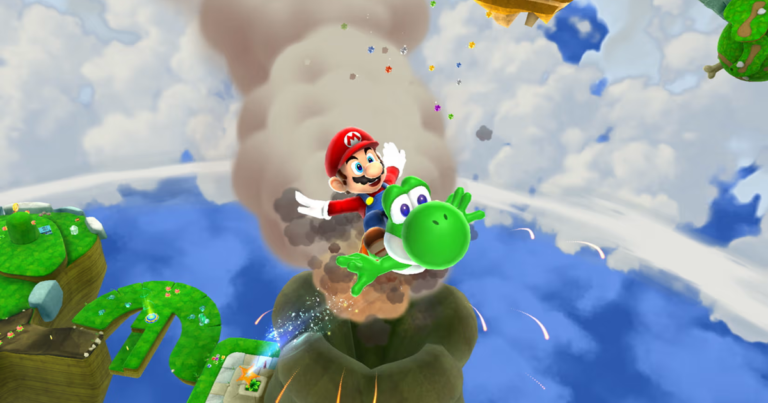
Paper Mario: The Thousand-Year Door
Paper Mario: The Thousand-Year Door exudes charm in every block of paper and cardboard, with multiple secrets, battles, and puzzles around every corner; but absurd backtracking and low difficulty spoil the experience. The game mechanics are fundamentally different when compared to the “main” Super Mario games, with a much tighter focus on the story. Everything starts in the chaotic city of Rogueport, a den of thieves and miscreants, built on the ruins of another city that perished in a cataclysmic event; however, deep in Rogueport, you can find a mysterious door that, according to legends, may hide a gigantic treasure.
A Filled (but Simple) Combat System
Mario can jump or hit enemies with a hammer, use items, activate special attacks, or even appeal to the audience – there is truly a vast arsenal at your disposal but the system is less complex than it seems. It’s important to pay attention to Health Points, Flower Points (which allow you to perform more powerful attacks), and Star Power (used to trigger special attacks). At the end of each battle, you are rewarded with Star Points that can later be used to enhance certain characteristics of Mario.
Backtracking may infuriate
Not having played the original, it’s hard to tell if this remaster has several additions that smooth out the original experience or if all the differences are only based on a graphical standpoint. As charming as the game is – which it is – I was surprised that Nintendo kept certain sections with an insane amount of backtracking, forcing you to go back and forth, going through the same locations over and over again, in a way that won’t go unnoticed by most players. This backtracking is not a sporadic situation: it’s a constant presence from the beginning of the game and almost seems like an artificial way to increase its longevity: it was unnecessary, doesn’t introduce anything new, and only serves to significantly detract from the experience.
Analysis of Combat System
When it comes to the combat system in Paper Mario: The Thousand-Year Door, it is worth noting that it is remarkably easy throughout the game, lacking a significant level of challenge until the final moments. With the right items and badges, players can effortlessly defeat numerous enemies without facing any real obstacles. This can lead to undervaluing the final bosses that appear in quick succession towards the end of the game.
Exploration and Puzzles: The Real Challenge
While the combat may be lacking in difficulty, the true challenge in the game lies in its exploration and puzzles. Players are required to think critically and creatively to solve puzzles and uncover hidden secrets, as the solutions are not always obvious. This aspect of the game adds depth and complexity, providing a more engaging and rewarding experience for those willing to explore every corner of the game’s world.
Overall, Paper Mario: The Thousand-Year Door offers a mix of highs and lows, with its worlds standing out as a testament to Nintendo’s creativity. While some sections may have benefited from trimming to enhance the overall experience, the game still showcases Nintendo’s ability to create immersive and unique gaming worlds.



